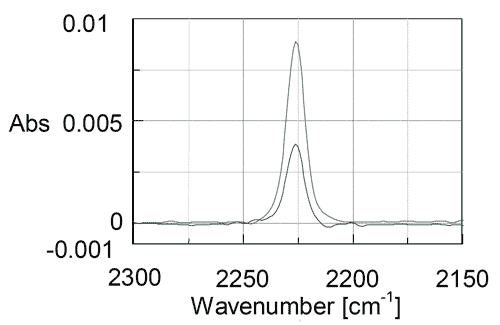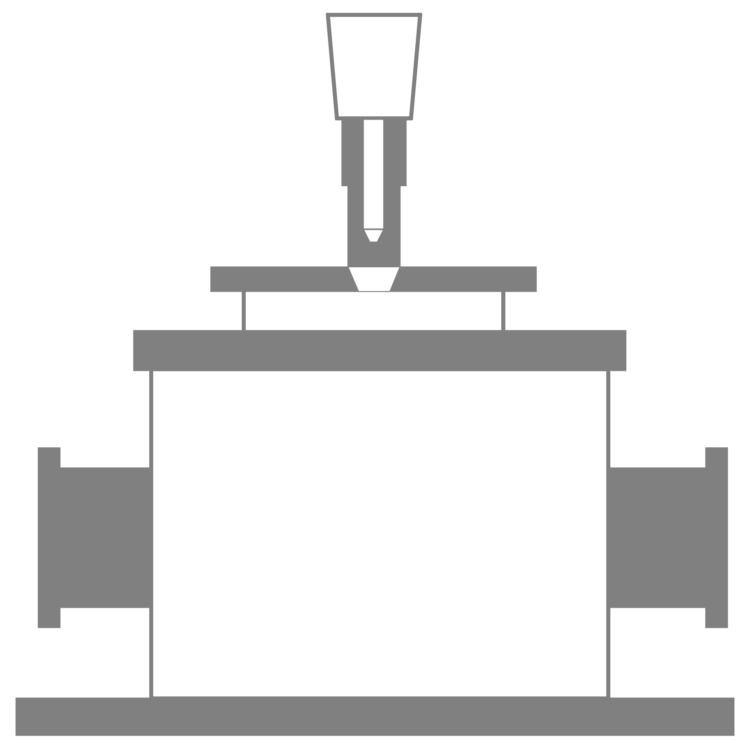Overview of Polarized Single-reflection ATR
JASCO has a lineup of ATR PRO 610P-S with a built-in infrared polarizer. By using this accessory, it is possible to analyze molecular orientation, which is in high demand in fields such as liquid crystals and polymers.
Molecular orientation analysis
As an example, we will introduce a method to analyze the molecular orientation of the stretched film in the stretching direction, vertical direction, and depth direction.
If the film is stretched in the same direction as the light travels and the sample is irradiated with vertically polarized light (s-polarized light), the orientation information for the y-direction, that is, the vertical direction of the sample, can be obtained.
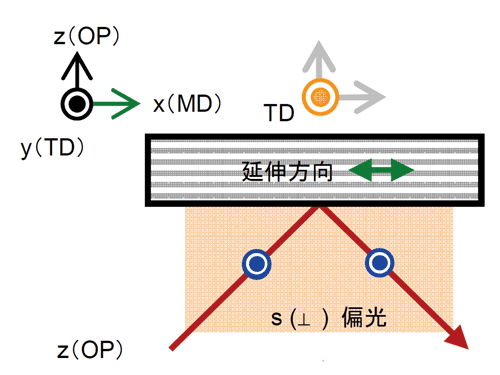
By irradiating the sample with parallel polarized light (p-polarized light), it is possible to obtain orientation information in the stretching direction (x direction) and the depth direction (z direction).
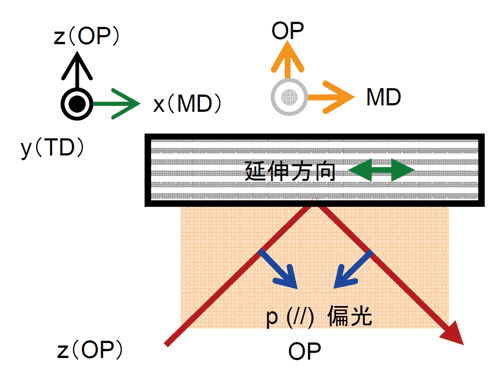
Furthermore, by rotating the sample 90 ° and analyzing it in combination with the data obtained by irradiating it with s-polarized light and p-polarized light in the same way, all molecular orientation information regarding the stretching direction, vertical direction, and depth direction can be obtained.
Detachment of infrared polarizer
The ATR PRO610P-S has an infrared polarizer mounting mechanism on both the polarizer side and the analyzer side. The attached polarizer can be attached and detached as shown in the figure on the right.* You can use it as a normal ATR by removing the polarizer.
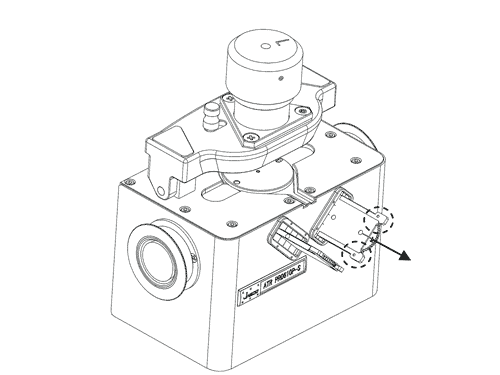
Infrared polarizer angle adjustment
The angle of the polarizer can be set with the angle dial.
Scale value 0 ° → Linearly polarized light parallel to the prism surface is transmitted.
Scale value 90 ° → Linearly polarized light perpendicular to the prism surface is transmitted.
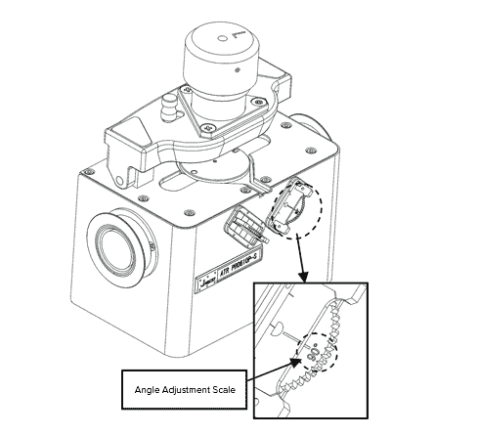
Measurement of liquid crystal molecules
Differences were measured when standard twisted nematic liquid crystal (TN liquid crystal) molecules were irradiated with p-polarized light and s-polarized light.
Focusing on the peak attributed to the nitrile group at the end of the liquid crystal molecular chain, it can be seen that s-polarized light has a higher absorbance than p-polarized light.
Further analysis based on the obtained data revealed that the nitrile groups were arranged almost parallel to the prism, which is consistent with the knowledge of general TN liquid crystal.
